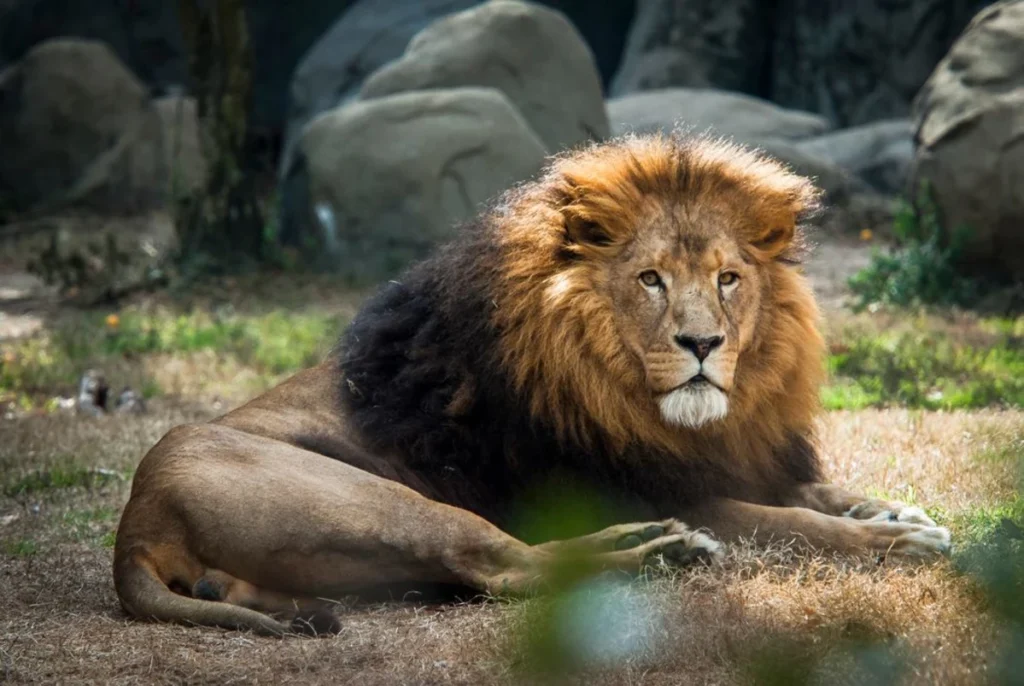In recent news, a mountain lion killed in Oceanside has become a focal point of conversation, raising concerns about both wildlife conservation and public safety. The death of this majestic animal has left many wondering what led to the tragic encounter, the circumstances surrounding it, and the broader implications for the local community. Mountain lions, also known as cougars or pumas, are elusive predators native to the region. Their presence near populated areas often leads to a delicate balance between wildlife preservation and human safety.

Understanding the Event: What Happened in Oceanside?
On a seemingly ordinary day in Oceanside, a mountain lion was reported to be wandering close to residential neighborhoods. Local authorities were alerted when the animal was spotted near homes and schools. Fearing for public safety, wildlife officials and law enforcement responded quickly. Unfortunately, the situation escalated, and the decision was made to euthanize the animal. The incident sparked a debate on whether the actions taken were the best course of action or if alternative methods could have been used to relocate the mountain lion safely.
Why Are Mountain Lions Coming Closer to Urban Areas?
The incident of the mountain lion killed in Oceanside is not an isolated one. Across California and other western states, sightings of mountain lions near urban and suburban areas are becoming more frequent. This phenomenon is primarily due to habitat loss. As human development expands, natural habitats for wildlife shrink, forcing animals like mountain lions to venture into populated areas in search of food and shelter.
Additionally, mountain lions are territorial creatures. The pressure of urbanization not only displaces them but also limits their space for hunting and roaming. As a result, they are often found near the fringes of cities, increasing the chances of encounters with humans.
The Debate: Should the Mountain Lion Have Been Killed?
The decision to euthanize the mountain lion killed in Oceanside sparked a heated debate among wildlife enthusiasts, conservationists, and the local community. While some argue that public safety should always come first, others believe that non-lethal methods should have been considered before resorting to such a drastic measure.
Proponents of the action argue that the proximity of the animal to schools and homes posed an imminent threat. With children and pets potentially at risk, quick and decisive action was necessary to prevent any harm.
On the other hand, wildlife advocates point out that mountain lions are a crucial part of the local ecosystem. They play an essential role in controlling the population of deer and other animals, which, without predators, could lead to ecological imbalances. Some argue that better strategies for cohabitating with these predators, such as improved education and relocation programs, should be prioritized.
Mountain Lions and Human Safety: Striking a Balance
The case of the mountain lion killed in Oceanside highlights a broader issue faced by many communities across the United States. As human populations expand into previously wild areas, interactions between people and predators become inevitable. However, it’s important to recognize that these animals are not the villains they are often portrayed to be.
Mountain lions are naturally shy and avoid human contact. Attacks on humans are extremely rare. According to wildlife experts, if people encounter a mountain lion, the best course of action is to make themselves appear large, maintain eye contact, and back away slowly without running.
Education and prevention are key. By teaching communities about how to prevent encounters with mountain lions and other wildlife, such incidents can be reduced. This includes securing trash, keeping pets indoors during the evening, and avoiding leaving food outside.
The Future of Wildlife Management in Urban Areas
The death of the mountain lion killed in Oceanside serves as a reminder of the challenges faced by wildlife management teams in urbanized regions. With human populations growing and natural habitats shrinking, these encounters are likely to increase. Local governments, wildlife organizations, and communities must work together to find sustainable solutions that protect both people and animals.
One of the most effective ways to manage these situations is through education. When communities are informed about the behavior of predators like mountain lions and the steps they can take to minimize encounters, the need for lethal measures may be reduced. Programs that focus on coexistence, relocation, and non-lethal deterrence should be a priority moving forward.
Moreover, investment in habitat conservation is crucial. By preserving large swaths of natural land and creating wildlife corridors that allow animals to move freely without encroaching on human settlements, we can mitigate many of the risks associated with human-wildlife conflicts.
FAQs
Q: What should I do if I encounter a mountain lion?
A: If you encounter a mountain lion, do not run. Make yourself appear larger, maintain eye contact, and back away slowly. Avoid turning your back on the animal.
Q: Are mountain lion attacks common?
A: No, mountain lion attacks on humans are exceedingly rare. These animals tend to avoid human interaction whenever possible.
Q: Why are more mountain lions being seen near urban areas?
A: Habitat loss due to human development is the primary reason for increased sightings of mountain lions near cities and towns. As their natural habitats shrink, they are forced to venture closer to populated areas in search of food and territory.
Q: Could the mountain lion killed in Oceanside have been relocated instead of killed?
A: While relocation is often a preferred method, in some cases, such as when the animal poses an immediate threat to public safety, wildlife officials may choose to euthanize the animal to prevent potential danger.
Conclusion
The tragic death of the mountain lion killed in Oceanside has opened a broader discussion on how we can better manage the delicate balance between wildlife and urbanization. Public safety is crucial, but the ecological role of predators is equally important to consider. Prioritizing education, prevention, and habitat conservation ensures safer encounters for both people and wildlife alike.
- India National Cricket Team vs England Cricket Team Standings: A Comprehensive Analysis of Rivals - 16 October 2024
- India National Cricket Team vs Canada National Cricket Team Stats: A Deep Dive into the Head-to-Head History and Performance - 16 October 2024
- A Timeline of Intense Rivalry: south africa national cricket team vs sri lanka national cricket team timeline - 16 October 2024
